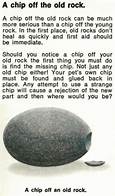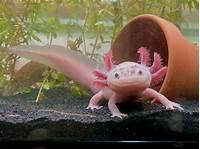What is PET Plastic Made From?
PET (polyethylene terephthalate) is a synthetic material made by the polymerization of terephthalic acid (TPA) and ethylene glycol (EG). It is often used in food and beverage packaging, as well as other consumer products. PET plastic is also known as polyester.

Properties of PET Plastic
1. PET plastic is a lightweight and strong material that is resistant to heat and chemicals.
2. It is also transparent and can be colored or printed.
3. PET plastic is recyclable and can be turned into new products after use.
Manufacturing Process of PET Plastic
1. The manufacturing process of PET plastic begins with the production of TPA and EG.
2. TPA is made by reacting terephthalic acid with methanol or dimethyl terephthalate. EG is made by reacting ethylene oxide with water.
3. TPA and EG are then combined in a reactor with a catalyst to form PET.
4. The PET is then extruded into pellets, which are used to make plastic bottles, containers, and other products.
Uses of PET Plastic
1. PET plastic is widely used in food and beverage packaging, as well as in other consumer products.
2. It is also used in automotive parts, medical devices, and construction materials.
Environmental Impact of PET Plastic
1. PET plastic is a synthetic material that takes a long time to decompose.
2. It can also leach harmful chemicals into the environment.
3. However, PET plastic can be recycled and turned into new products.
Conclusion
PET plastic is a synthetic material that is used in a variety of products, including food and beverage packaging, automotive parts, and medical devices. It is a strong and lightweight material that is resistant to heat and chemicals. However, PET plastic can also take a long time to decompose and can leach harmful chemicals into the environment. Recycling PET plastic is one way to reduce its environmental impact.
Declaration: All article resources on this website, unless otherwise specified or labeled, are collected from online resources. If the content on this website infringes on the legitimate rights and interests of the original author, you can contact this website to delete it.





